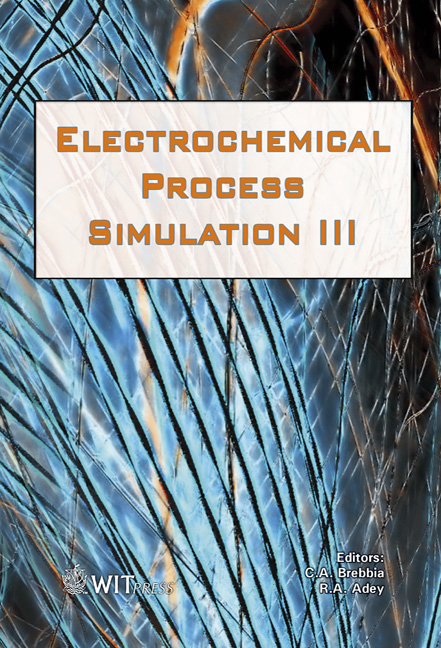Corrosion Of Mild Steel And 316L Austenitic Stainless Steel With Different Surface Roughness In Sodium Chloride Saline Solutions
Price
Free (open access)
Transaction
Volume
65
Pages
12
Page Range
161 - 172
Published
2009
Size
672 kb
Paper DOI
10.2495/ECOR090161
Copyright
WIT Press
Author(s)
L. Abosrra, A. F. Ashour, S. C. Mitchell & M. Youseffi
Abstract
The corrosion behaviour of mild steel and 316L austenitic stainless steel was investigated in saline solution containing 1 and 3%NaCl. Specimens with surface roughness of 200, 600 grit emery paper and 1μm diamond paste were investigated. The anodic polarization measurement technique was performed at a scan rate of 1mV/s for a fixed period of 1 hour. The experimental results revealed that chloride ions have a significant effect on the corrosion behaviour of both steels as expected. As the surface roughness of 316L stainless steel increased, the breakdown potential (Ebreak), the free corrosion potential (Ecorr) and the width of passivity decreased, hence the corrosion rate increased. However, in the case of mild steel specimens, improving surface finish lead to shifts in the corrosion potential to more noble states and increased the corrosion rate. Metallographic examination of corroded specimens after electrochemical corrosion tests confirmed that the breakdown of the passive region was due to pitting corrosion. Keywords: mild steel, 316L SS, anodic polarization, corrosion, surface roughness, saline solution.
Keywords
mild steel, 316L SS, anodic polarization, corrosion, surface roughness, saline solution





